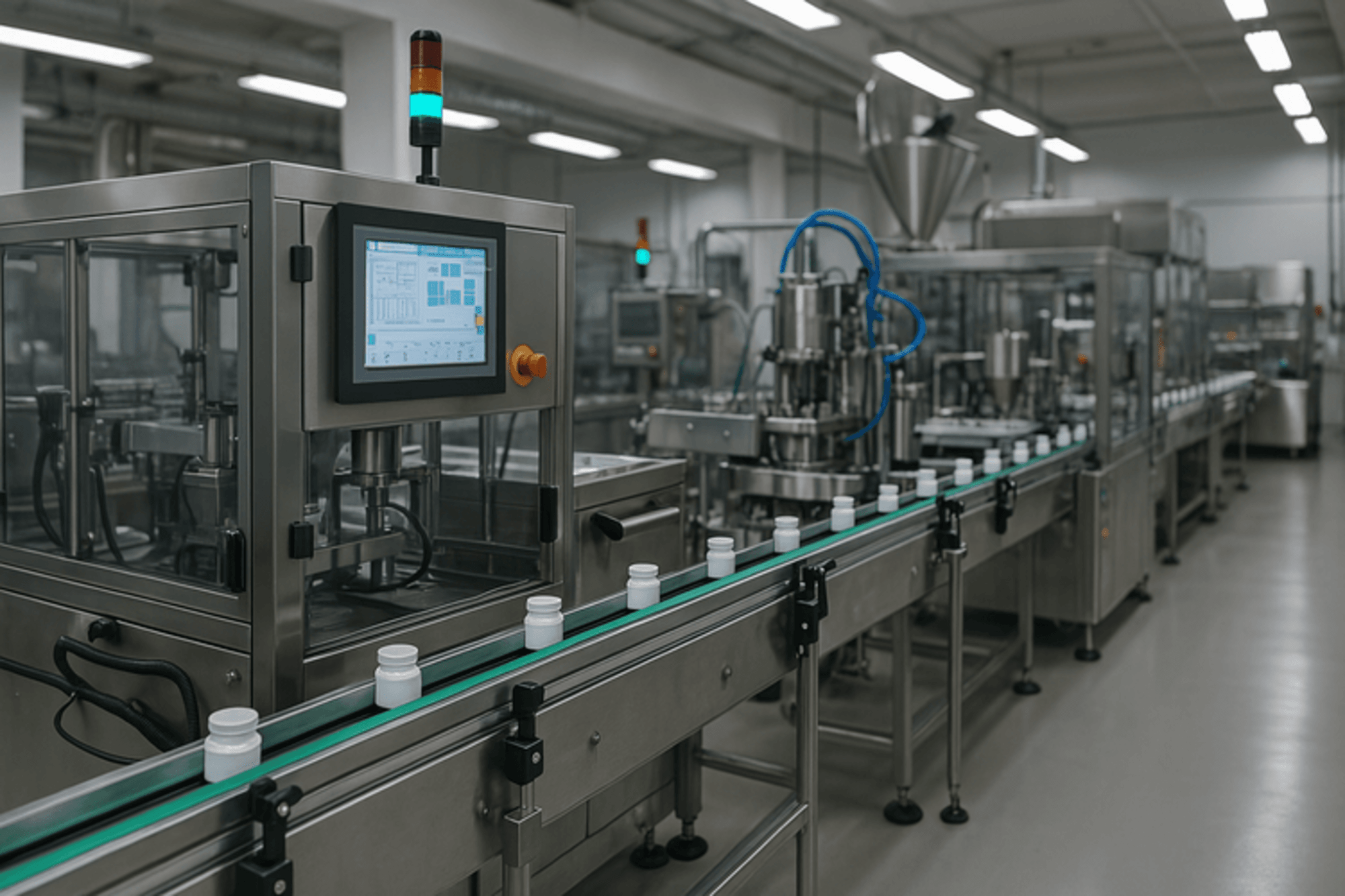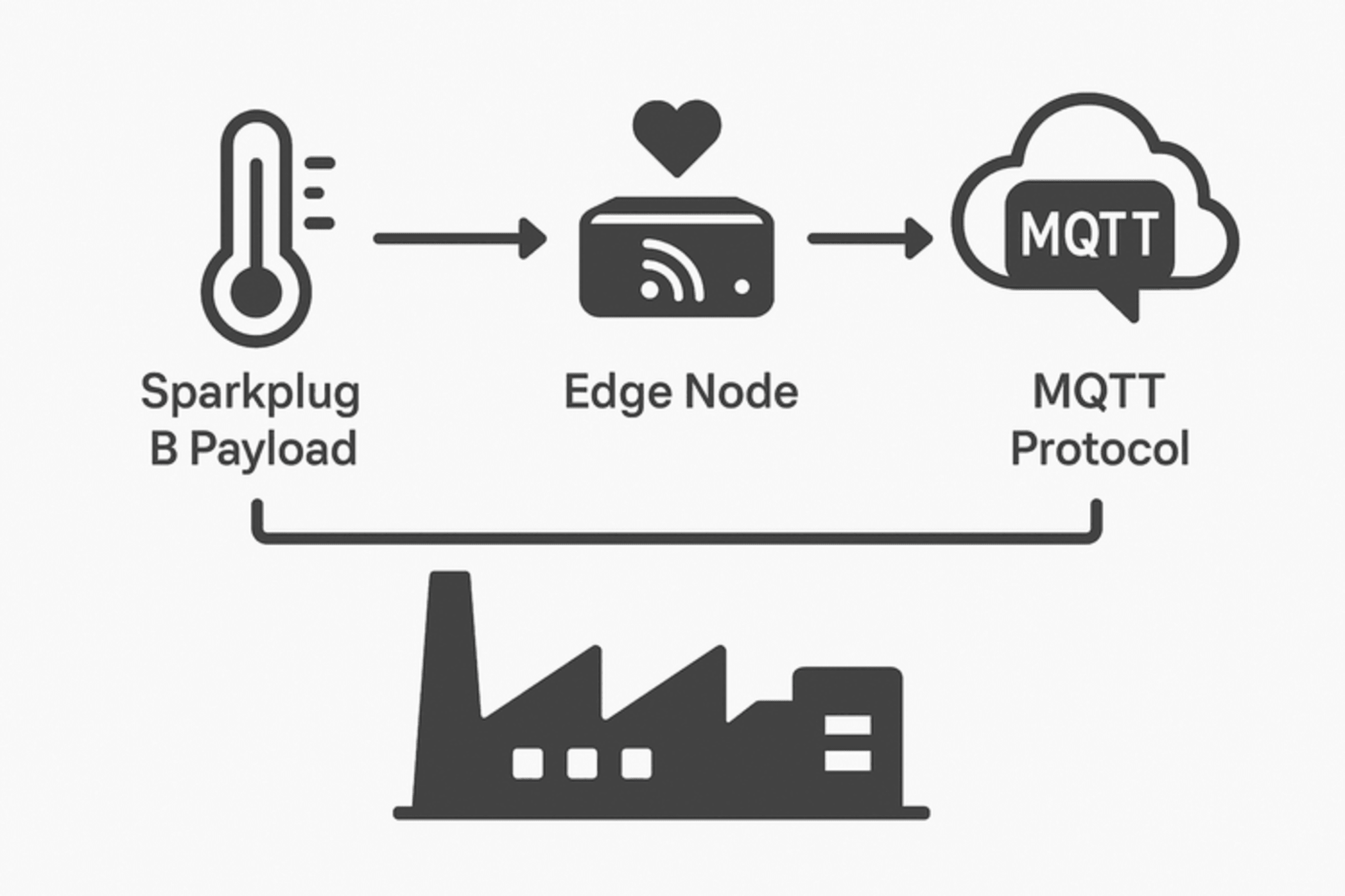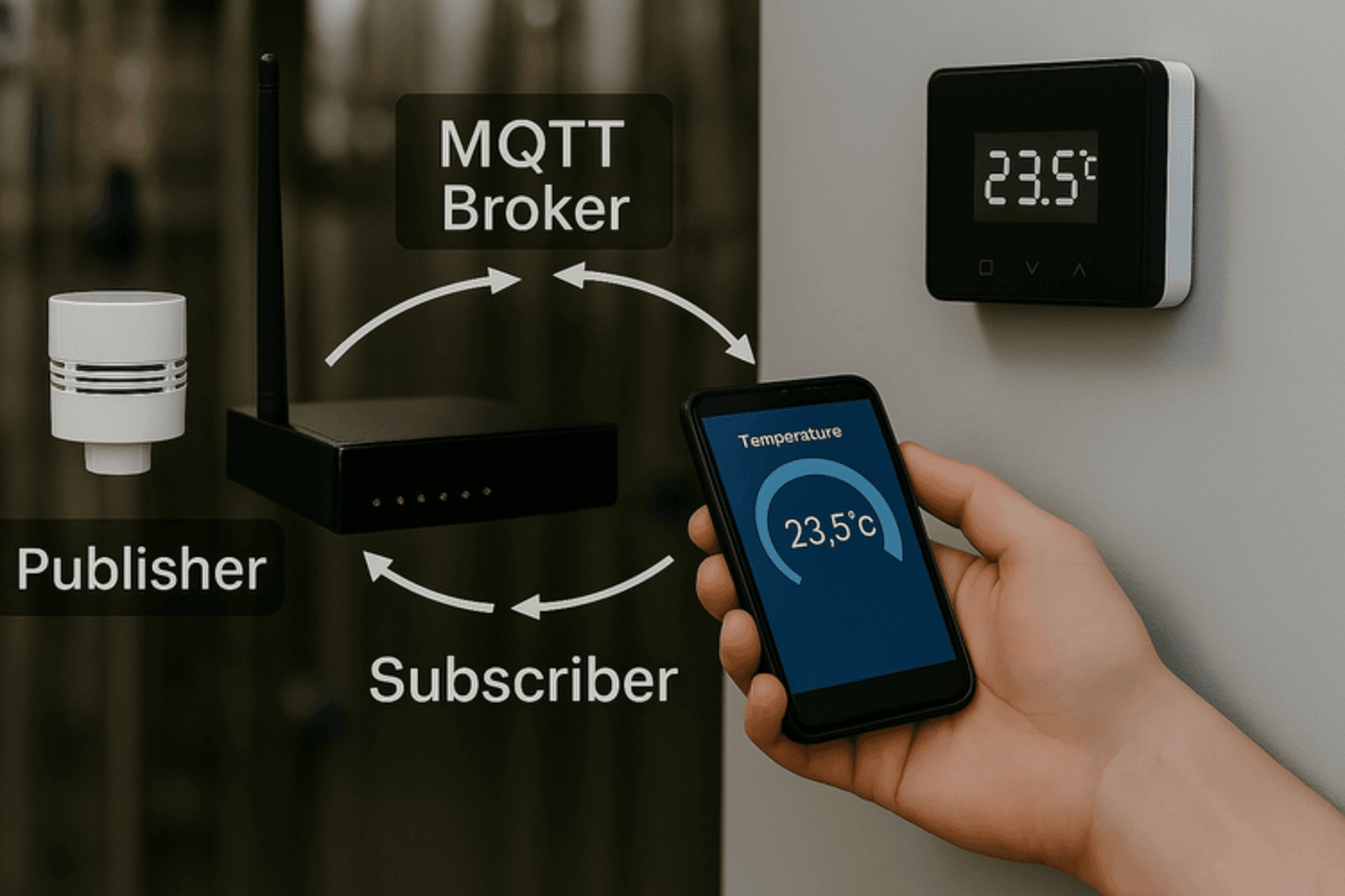Demystifying Motors and Variable Frequency Drive
3 min | By Nelson Atipo
SUMMARY
Welcome to Learn with AutomAssist, where we simplify complex automation technologies for engineers, enthusiasts, and industry professionals alike. In this inaugural post, we explore servo motors, stepper motors, linear motors, variable frequency drives (VFDs), and asynchronous motors. These motor types are crucial in modern automation, offering a range of solutions across industries. We’ll break down their functionality, typical applications, and why certain industries prefer specific motor types.
Motors: The Powerhouse of Automation
Motors convert electrical energy into mechanical motion, driving tasks from repetitive actions to precise operations. Selecting the right motor is essential for achieving desired precision, energy efficiency, speed, and reliability. Knowing the differences between motor types helps engineers optimize performance and minimize costs.
Breaking Down Motor Types
Let’s explore the core characteristics, applications, and industry preferences for each motor type.
Servo Motors: Precision and High Torque in Motion
Key: Servo Motor – Closed-loop control, ideal for high-precision tasks like robotics and CNC machining, offering high torque at low speeds.
Functionality: Servo motors use a closed-loop control system, adjusting performance with real-time feedback from an encoder or resolver. This ensures high-precision movements even under variable loads. Servo motors excel at low speeds with high torque and provide smooth operation across a range of speeds.
Why Choose Servo Motors? Servo motors are ideal for high-precision applications requiring quick response times and consistent performance over varying speeds. They are more expensive but are indispensable for tasks where precision and power are critical.
Key Applications:
- Robotics: Precise, repeatable movements with heavy payloads
- CNC Machines: High-precision cutting and milling
- Packaging: Accurate product positioning for heavy or large items
Industries: Automotive, aerospace, and high-precision manufacturing rely on servo motors for accuracy and reliability.
Stepper Motors: High Precision in Controlled Environments
Key: Stepper Motor – Open-loop control system, offering high precision in predictable environments like 3D printing and medical devices.
Functionality: Stepper motors operate on an open-loop control system, rotating in discrete steps. In closed-loop configurations, they provide feedback for enhanced accuracy. Stepper motors offer high precision under predictable loads, but open-loop systems can miss steps under variable conditions. They have high holding torque when stationary.
Why Choose Stepper Motors?
Stepper motors are cost-effective for applications needing high precision without the complexity of servo systems. They are easy to control, especially at lower speeds.
Key Applications:
- 3D Printers: Precise layer positioning
- Medical Devices: Controlled movements in infusion pumps
- Textile Machines: Accurate positioning for patterns
Industries: Consumer electronics, healthcare, and textiles often use stepper motors for cost and precision balance.
Linear Motors: Direct Drive Precision
Key: Linear Motor – Direct-drive system offering high precision and speed, commonly used in maglev trains and semiconductor manufacturing.
Functionality: Linear motors create linear motion directly, eliminating mechanical components like gears or belts. This results in high precision, speed, and reliability with fewer moving parts, requiring less maintenance.
Why Choose Linear Motors?
Ideal for high-speed, high-precision applications needing direct drive motion. Linear motors excel in smooth, accurate, and fast movements over long distances.
Key Applications:
- Maglev Trains: Frictionless motion
- Semiconductor Manufacturing: Ultra-precise chip fabrication
- Material Handling: High-speed conveyors with precise positioning
Industries: Transportation, logistics, and semiconductor manufacturing benefit from efficient and precise linear motion.
VFDs and Asynchronous Motors: Efficiency and Power Control
Key: Asynchronous Motor with VFD – Paired with a VFD to offer speed and torque control, improving energy efficiency in heavy-duty applications like HVAC and pumps.
Functionality: Asynchronous motors, or induction motors, are robust and simple. When paired with Variable Frequency Drives (VFDs), they provide precise speed and torque control by adjusting frequency and voltage. This improves energy efficiency and adaptability to variable loads.
Why Choose VFDs with Asynchronous Motors?
VFDs enhance asynchronous motors by offering speed control and energy efficiency. Asynchronous motors are cost-effective and durable, suitable for high-power applications.
Key Applications:
- HVAC Systems: Fan and pump speed control
- Industrial Pumps: Regulating flow rates efficiently
- Conveyor Systems: Variable speed based on production needs
Industries: Building services, oil and gas, and water treatment often use asynchronous motors with VFDs for reliable and energy-efficient performance.
Choosing the Right Motor for Your Application
- Precision vs. Cost: Servo and linear motors provide superior performance but are more costly, while stepper motors or asynchronous motors with VFDs offer a cost-effective balance.
- Torque Requirements: Servo motors are ideal for high torque at low speeds, such as in robotics.
- Speed Requirements: Servo or linear motors are suited for high-speed applications, like packaging.
- Load Characteristics: Asynchronous motors with VFDs are best for heavy-duty applications. Closed-loop stepper systems or servo motors prevent position errors under variable loads.
- Maintenance and Longevity: Linear motors require less maintenance and offer longer service life due to fewer moving parts.
Conclusion
Understanding each motor's characteristics helps choose the right one for your needs. Whether it’s the precision of servo and linear motors, the cost-effectiveness of stepper motors, or the efficiency of asynchronous motors with VFDs, making informed decisions can optimize system performance and reduce long-term costs.



